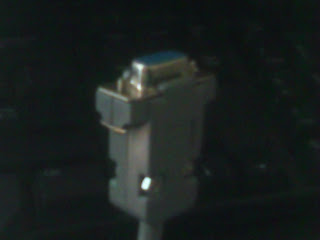
For these reasons, fluorescent lighting is the natural choice in commercial and retail buildings, workshops and factories. For battery-powered lighting, fluorescent lights are also the first choice because of their high efficiency.
The main drawback with running fluorescent lights from battery power is that an inverter is required to drive the tubes. Inverter efficiency then becomes the major issue.
There are many commercial 12V-operated fluorescent lamps available which use 15W and 20W tubes. However, it is rare to see one which drives them to full brilliance. For example, a typical commercial dual 20W fluorescent lamp operating from 12V draws 980mA or 11.8W. Ignoring losses in the fluorescent tube driver itself, it means that each tube is only supplied with 5.9W of power which is considerably less than their 20W rating. So while the lamps do use 20W tubes, the light output is well below par.
Warning: This circuit generates in excess of 300V DC which could be lethal. Construction should only be attempted by those experimenced with mains-level voltages and safety procedures. |


















 Gone are the days when we can afford to luxuriate under a hot shower for hours on end. Well, maybe the showers weren’t quite that long but most people are used to taking showers in the tens of minutes.
Gone are the days when we can afford to luxuriate under a hot shower for hours on end. Well, maybe the showers weren’t quite that long but most people are used to taking showers in the tens of minutes.





























